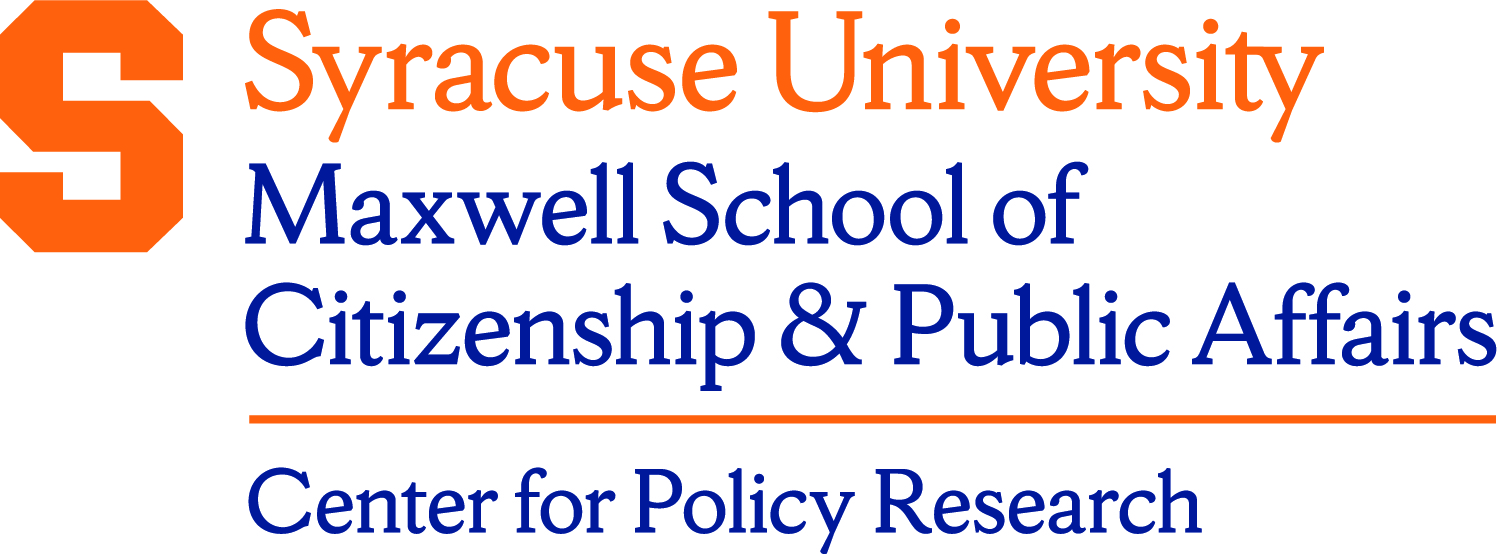Description/Abstract
Classic epidemiology looks at what happens to people who live in a defined region over time. For example, birth rate, the number of births that occur among populations over a year, is a common statistics that we're all familiar with. Since the early 1990s we have conducted research at Dartmouth Medical School to convert that classic epidemiologic perspective into looking at what is happening in terms of the health care system itself. We ask how much care people are getting in different regions of the country. We want to know the patterns of that care. And we want to get into the causes of so-called unwarranted variation, that is, differences that cannot be explained on the basis of patient illness, the dictates of scientific medicine, or the preferences of patients. Those three key words--illness, preference, and science--ultimately don't explain very much of the variation we see. We began the Dartmouth Atlas Project in 1993 as a study of health care markets in the United States, measuring variations in health care resources and their utilization among geographic areas. In recent years, we have expanded our research agenda to include the resources and utilization among patients at specific hospitals. We use very large claims databases from the Medicare program and other sources to define where people go for medical care, what kind of care they receive, and whether increasing investments in health care resources and their use result in better health outcomes.
Document Type
Policy Brief
Date
2006
Keywords
Seventeenth Annual Herbert Lourie Memorial Lecture on Health Policy, nursing home, Medicare, Medicaid, long-term care, elderly, social welfare.
Language
English
Series
Reports Series
Disciplines
Health Policy
Recommended Citation
Wennberg, John E., "Variations Among Regions and Hospitals in Managing Chronic Illness: How Much Care Is Enough?" (2006). Center for Policy Research. 9.
https://surface.syr.edu/cpr/9
Source
Metedata from RePec
Creative Commons License

This work is licensed under a Creative Commons Attribution 4.0 International License.



